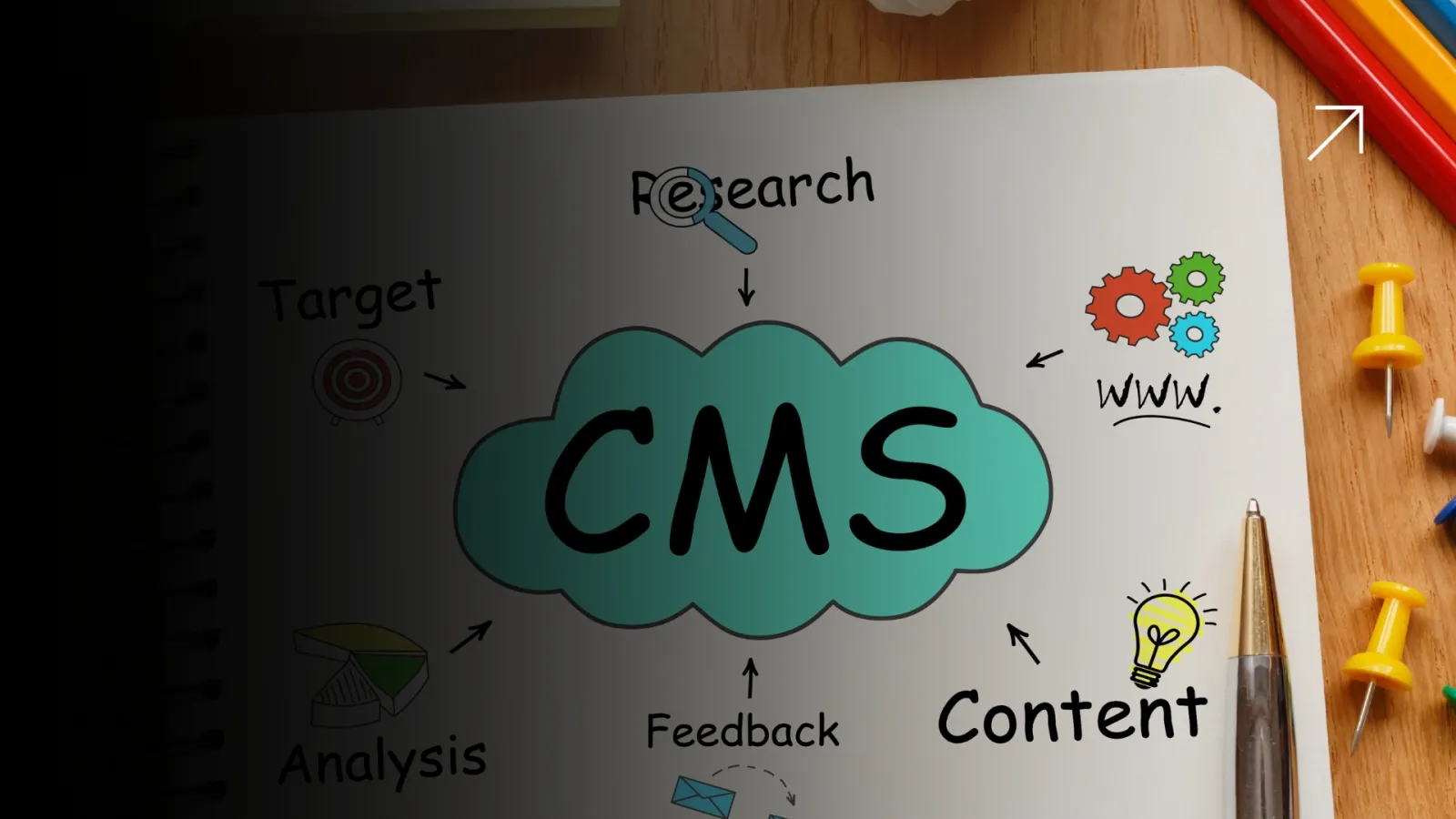Every pharma CMO in India has a war story about MLR delays. Campaigns stuck for weeks because a slide needed a disclaimer. A product launch postponed because promotional material was still circling back between marketing, medical, legal, and regulatory. The irony? Indian companies spend crores on omnichannel initiatives, yet the bottleneck isn’t strategy or spend- it’s the review cycle. MLR delays don’t just waste time. They translate directly into lost market share, frustrated brand teams, and missed revenue windows.
Why MLR delays persist
The structure of medical-legal-regulatory (MLR) reviews hasn’t kept up with the speed of pharma marketing.
- Linear, document-heavy workflows- Content is created in PowerPoint, emailed around, annotated in silos. Each iteration takes days, sometimes weeks, to reconcile.
- Overload on reviewers- A handful of medical and regulatory reviewers are expected to vet hundreds of claims, disclaimers, and visuals. The backlog builds quickly.
- Repetition across brands- The same disclaimers, trial charts, and ISI blocks are re-reviewed for each new campaign. Instead of reusing approved material, teams reinvent the wheel every time.
- Fear of non-compliance- In India’s tightening regulatory climate, reviewers lean toward caution. Even minor errors can attract DCGI scrutiny. This leads to overcorrection and endless back-and-forth.
The cost of slow approvals
MLR delays hit pharma companies in ways that go far beyond inconvenience.
- Lost launch windows- If a competitor launches their campaign weeks earlier because your content is stuck in review, you lose prescription share that may never come back.
- Shorter product lifecycles- For drugs with narrow exclusivity or fast-moving generics, every lost week erodes potential revenue.
- HCP disengagement- Doctors who wait too long for updated information stop engaging. By the time material reaches them, it feels outdated or redundant.
- Marketing team fatigue- Brand managers spend more time chasing approvals than building campaigns. Morale dips, creativity suffers, and turnover rises.
Why modular content is the answer
Fixing MLR delays isn’t about hiring more reviewers- it’s about changing the system itself. Modular content operations offer a way forward.
- Pre-approved content blocks- Instead of reviewing the same disclaimers and trial graphs 20 times, MLR teams approve them once as reusable “blocks.” Marketing teams assemble campaigns from these pre-validated modules.
- Create once, publish everywhere- A drug claim validated in one e-detailer can be pulled into an email, WhatsApp message, or portal without fresh approval each time. This slashes duplication.
- Faster turnaround, less risk- With 80% of content pre-approved, reviewers only focus on the 20% that’s new. This reduces their workload while keeping compliance watertight.
- Audit-ready systems- Digital modular platforms keep a version-controlled log of what was reused and when. If regulators ask, companies can show a transparent trail of approvals.
The compliance perspective
Some executives worry that modular systems may “loosen” compliance. In practice, the opposite is true.
- Consistency across brands: Approved modules ensure disclaimers and safety info never get diluted across channels.
- Traceability: Every module carries its own approval ID. Auditors can check exactly when and by whom it was cleared.
- Proactive governance: Instead of firefighting errors, MLR teams can focus on high-risk content, improving overall compliance.
Lessons from Indian pharma
- Top-tier firms are beginning to experiment with modular platforms. Results show campaign turnaround times cut from three months to three weeks.
- Mid-tier companies still rely on agencies sending static PowerPoints. For them, even adopting partial modular workflows (e.g., reusable disclaimers, trial charts) delivers quick wins.
- Emerging players often see modular content as too complex. In reality, starting small, with one therapy area or campaign, is enough to demonstrate ROI.
Roadmap for CXOs to eliminate MLR delays
- Audit your content pipeline- Map out how many hours are wasted re-reviewing standard claims. The baseline will shock you.
- Identify high-frequency blocks- Disclaimers, safety visuals, ISI- these make up 60–70% of every campaign. Get these modularized and pre-approved first.
- Invest in scalable platforms- Cloud-based systems allow real-time assembly of compliant content and direct integration with CRMs or rep detailing tools.
- Track time-to-market metrics- Instead of just compliance rates, measure how many selling days were gained because campaigns went live faster. That’s the board-level ROI that resonates.
Conclusion
MLR delays are not a minor operational nuisance. They are a strategic roadblock costing Indian pharma companies market share, brand equity, and revenue. As the industry shifts toward omnichannel engagement and faster product lifecycles, relying on outdated review cycles is unsustainable. Modular content systems give companies a way to accelerate campaigns without compromising compliance. The companies that adopt them early will not only move faster but also build a culture of compliance by design.
Want to see how modular content can shrink your approval cycles from months to weeks? Let’s explore how you can turn MLR delays into a competitive advantage.





